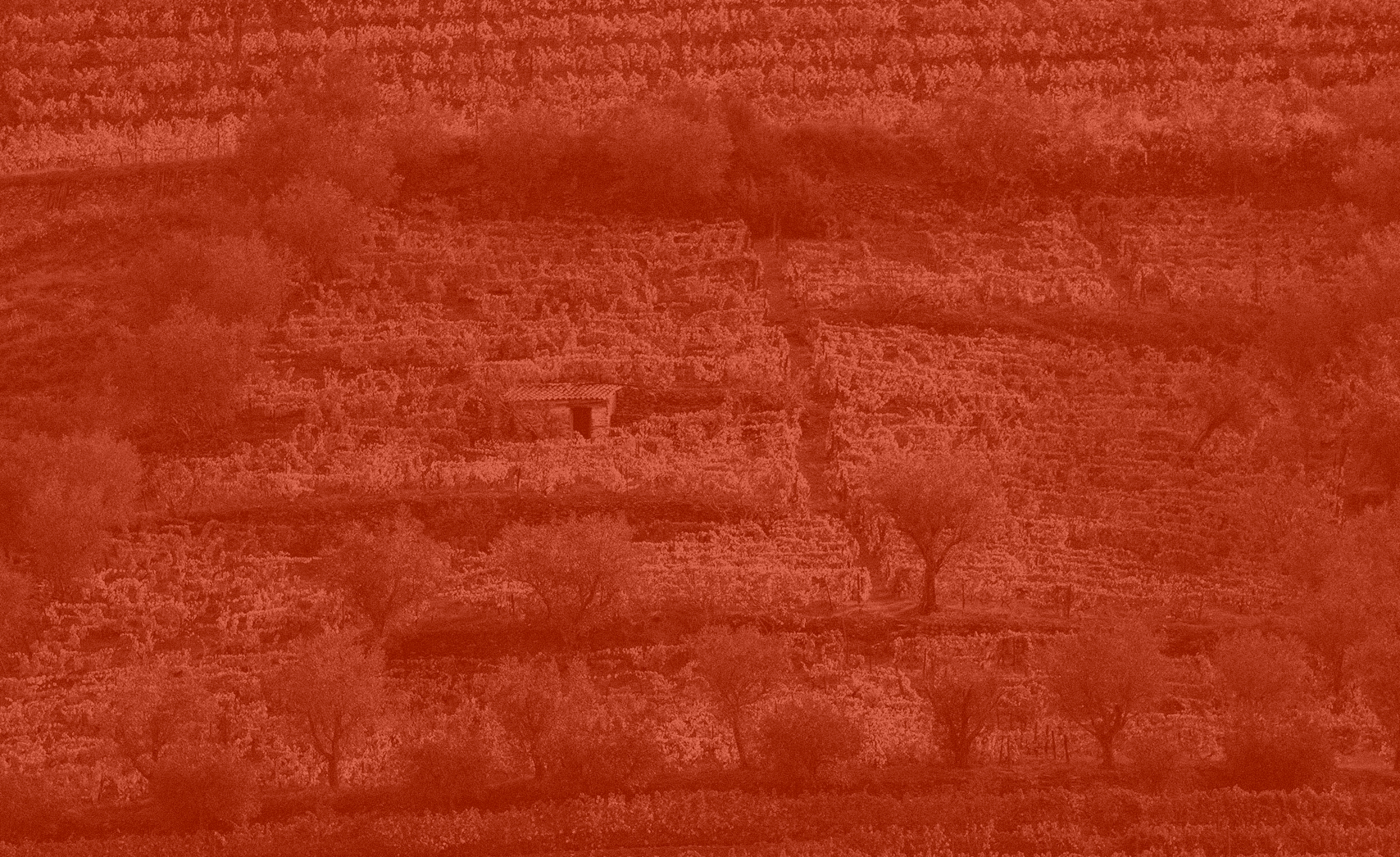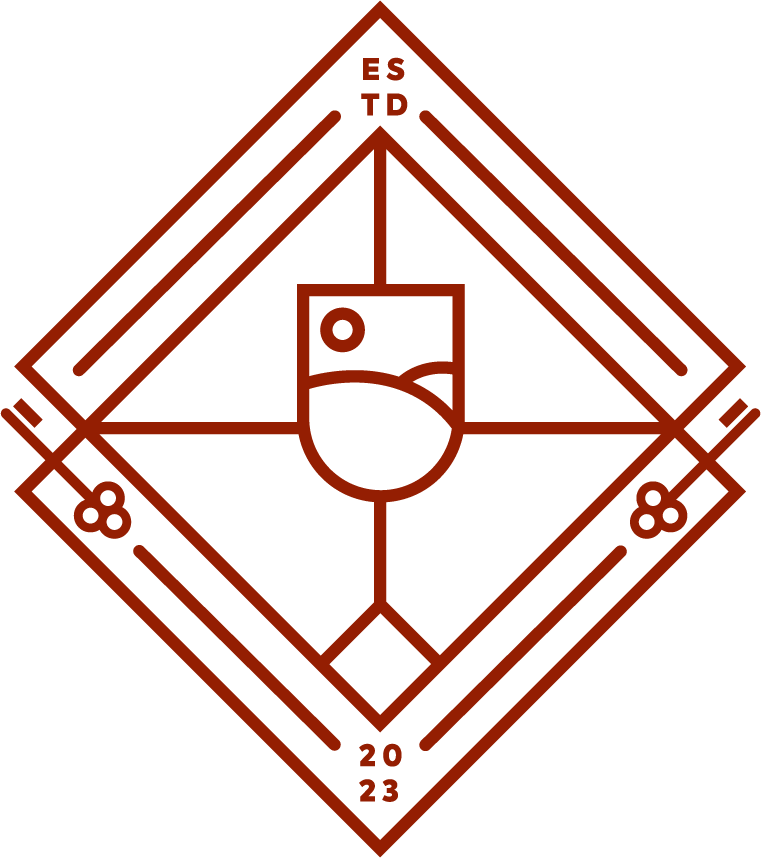
Lagrima white port
Aged Lágrima White Port is an exceptional style of white Port, known for its sweetness, depth, and intensity. Crafted from white grape varieties in the Douro Valley, these wines are aged in oak barrels for several years, acquiring complexity and a distinctive amber hue. The term 'Lágrima', meaning 'tears' in Portuguese, refers to the wine's viscous nature, mirroring slow-running tears down the side of the glass when swirled. Each sip of an Aged Lágrima White Port reveals a symphony of flavors, encompassing notes of caramel, honey, dried fruits, and almonds, making it a luxurious treat for the senses.
Lágrima White Port. Deep Dive into the Sweet Treat from the Douro
Lágrima White Port is a lesser-known yet captivating style of Port wine, its name deriving from the Portuguese term for 'tears'. This reference, though poetic, is practical, relating to the viscous, tear-like trails left on the glass when this wine is swirled. Despite its lesser-known status, Lágrima White Port has a history intertwined with the broader narrative of the Douro Valley's rich winemaking tradition.
Characteristics of Lágrima White Port
Crafted primarily from white grape varieties native to the Douro Valley, such as Malvasia Fina, Viosinho, Gouveio, and Rabigato, Lágrima White Port is renowned for its intense sweetness and aromatic complexity. It boasts a rich, golden color that deepens with age, resembling the hue of antique gold or amber.
On the palate, Lágrima White Port is a symphony of layered flavors. Initial impressions of ripe, golden fruits and honey give way to notes of caramel, toasted almonds, and dried fruits, further enriched by aging. Despite its considerable sweetness, this wine's inherent acidity ensures it maintains a balanced profile, preventing it from becoming cloying.
Lágrima White Port's vinification process is similar to other Port wines, albeit with an emphasis on retaining the grapes' natural sugars. Fermentation is halted early by the addition of a neutral grape spirit, preserving a high level of residual sugar – often upwards of 130 grams per liter. This process fortifies the wine, resulting in an alcohol percentage typically between 19-20% ABV.
These wines are then matured in oak barrels, allowing them to develop depth of flavor and a more rounded, softer texture. This maturation process also imparts the distinctive golden color that deepens over time.
Pruning Methods and Viticulture
Vineyard management is a crucial element in crafting high-quality Lágrima White Port. The Douro Valley's varied microclimates and terrain require meticulous attention, with strategic pruning methods employed to optimize grape quality and vine health. Traditional spur and cane pruning methods are used, varying on vine age, layout, and the specific demands of each grape variety.
-
The color of the LBV wines are always ruby like.
-
Well known for it’s young but full bodied flavor. This Portwine is easily recognized by it’s black fruits and red fruits notes
-
This wines is made
-
LBV’s are perfect for chocolate deserts and pastries.
-
19-21%
-
As LBV’s don’t have the ability to grow in complexity or style, we recommend to store LBV’s in a dark and cold place, up to max 12 degrees. After opening an LBV is good for another 2 max 3 weeks.

